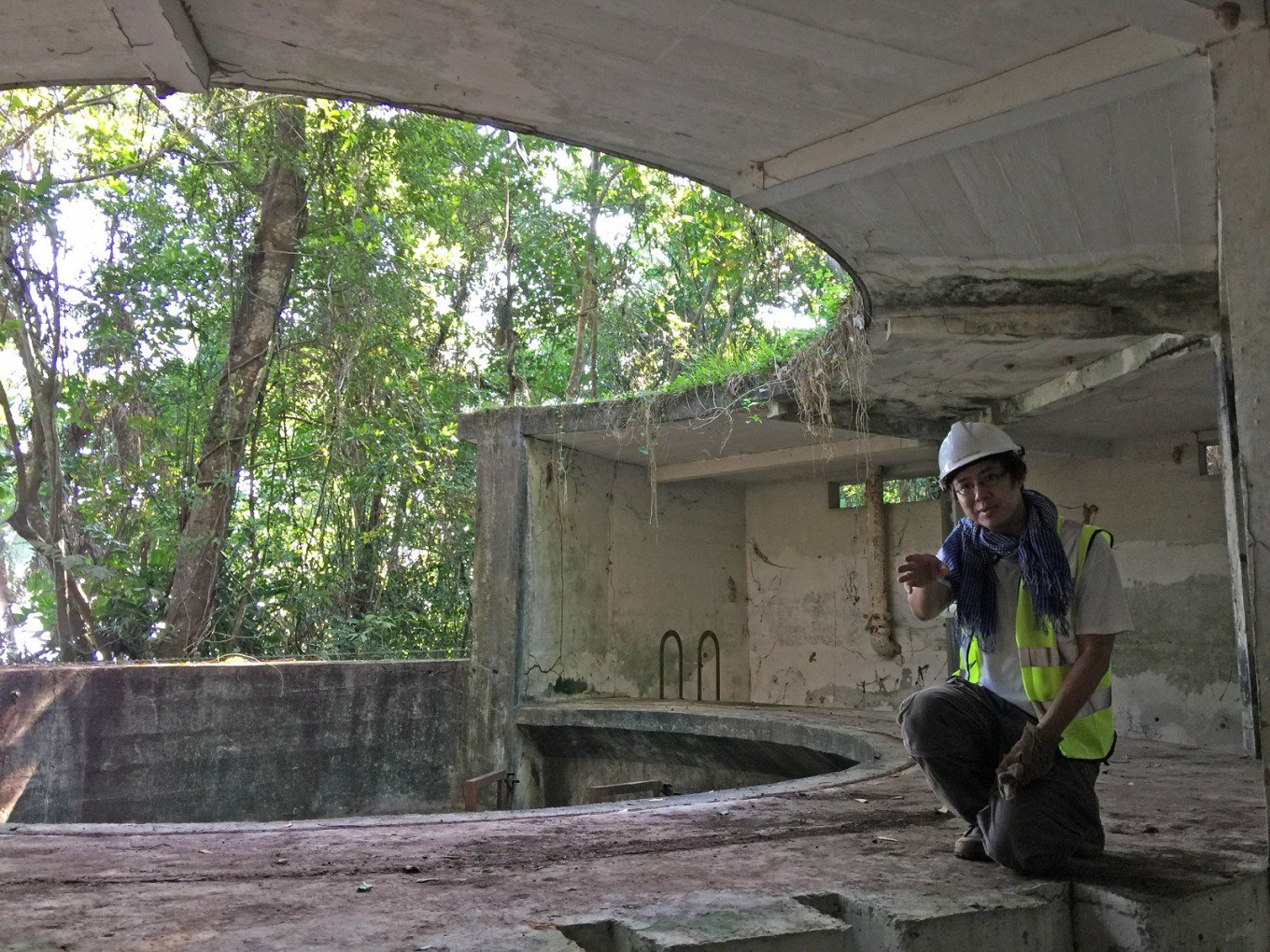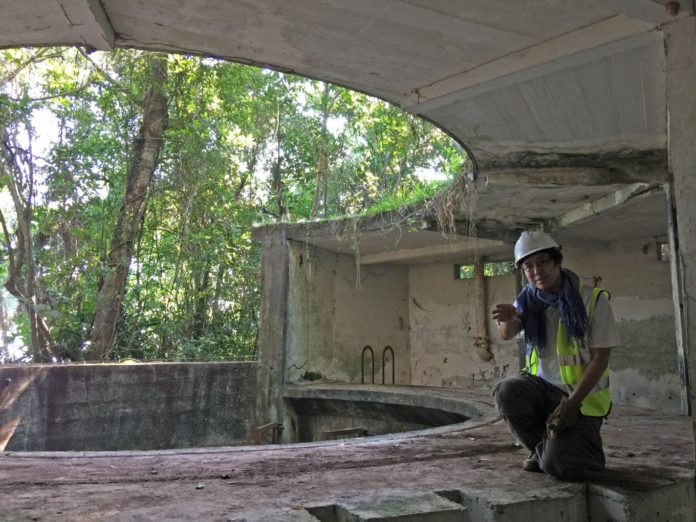Singapore faces a race against time to save its past, according to its top archaeologist, who warns relentless development in the land-scarce city-state comes at a heavy price.
Construction work has been near ceaseless in recent years as the financial hub rapidly expands, and archaeologist Lim Chen Sian fears relics that could unlock the secrets of pre-colonial Singapore will be lost forever in the building rush.
“Pre-colonial arrival, there’s almost zero (written history) about Singapore,” the 42-year-old says, adding that the little that is known has often been pieced together from items found in excavations.
He is determined to counter the prevailing idea that little existed before Sir Stamford Raffles arrived in the 19th century and established it as a key trade route for the British Empire.
Lim says artifacts from previous digs indicate that in fact a thriving port settlement existed from the 14th to the mid-17th century that was at times caught in a power struggle between the Javanese Majapahit Empire to the south and the emerging Thai kingdom of Ayutthaya to the north.
There is also evidence of strong trading links with China, dating back more than 700 years, including coins and Imperial porcelain.
“What happened to pre-modern Singapore? That’s one thing that only archeology can answer,” he insists adding that it is a way for the city to find “lost memories”.
But he concedes it is an uphill battle to safeguard such buried treasures in a city-state just half the size of London and is concerned the rush to build a futuristic metropolis could scupper chances to find out more about its pre-colonial past.
Singapore also has no state archaeologist and no law requiring archaeological evaluations before construction, so it often falls to Lim and his small team to fill the gap — they work on an ad hoc basis with government agencies, developers, and non-governmental groups.
“For a couple of hundred years Singapore was there. Then suddenly it disappeared,” he explains, adding that further archaeological work could help uncover why the seemingly successful trading hub faded from history for 150 years before the Europeans arrived.
STAKES HIGH
He points to a 2015 dig he lead in the heart of the financial district, near the spot where Raffles first landed in 1819, in which three tonnes of historical objects, including copper coins and Chinese porcelain, were recovered.
The discovery helped prove Singapore was a thriving trading centre up to 700 years ago, says Lim, who heads the archaeology unit of think tank ISEAS-Yusof Ishak Institute.
His work builds on that of pioneering American archaeologist John Miksic at Fort Canning Hill, who conducted Singapore’s first such excavations in the 1980s, where relics from the 14th century were found.
More recent discoveries include World War II artifacts, such as a Monopoly set and milk bottles found on a British defensive position against the Japanese, who conquered Singapore after only a week in 1942.
“They were playing Monopoly while waiting for the Japanese,” Lim says.
“And you would think that the British were tough men so they should be drinking beer and whisky. No, they were drinking milk.”
Lim’s latest expedition in December was with the National Parks Board to Pulau Ubin, a rural island that still has patches of dense jungle.
Armed with a machete he hacked through the undergrowth with his team and found a colonial gun emplacement from the 1930s.
He hopes the discovery will with their heritage and management planning.
Lim says there are signs authorities are realising the importance of preserving Singapore’s past.
The National Heritage Board has launched a roadshow to increase public awareness and has said it will carry out surveys on potential archeological areas of importance.
“Thankfully, we are moving forward in terms of addressing necessary intervention prior to development,” explains Lim, who started his career digging for Mayan temples and Egyptian settlements.
“Things are slowly changing, we’re getting a little bit more funding,” he adds.
Failure to take the country’s archaeological past into account in development plans could lead to a “loss of identity and a sense of belonging”.
“It’s about the forgotten past and rediscovering that Singapore goes beyond skyscrapers, glass and steel and air conditioning,” he insists.
“This adds to the value of the country.”







